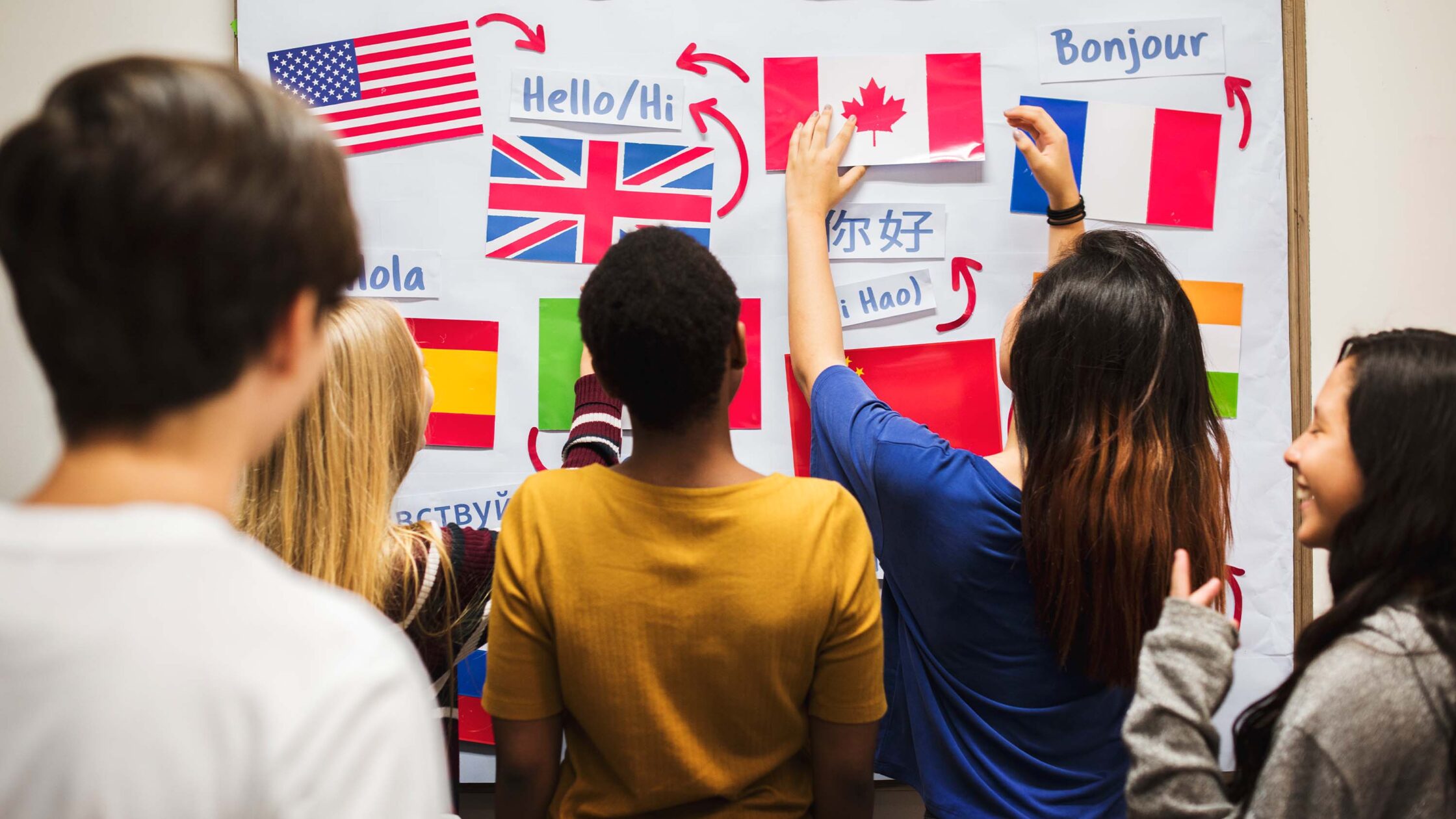How to Encourage Kids to Speak, Read, and Write in Different Languages
It’s not uncommon for kids in the Philippines to be able to speak, read, or write in at least 3 different languages.
Considering how colorful the Philippines’ history is with foreigners, it’s no surprise that many Filipinos and their kids are bi-racial. Even some celebrity parents like Marian Rivera (Spanish-Filipino) and Bianca King (Polish-Filipino) are technically bi-racial! When foreigners like the Spanish, Chinese, and others traded with the Filipinos, some chose to settle down here and didn’t just trade goods. They also traded culture and languages!
It’s why most foreigners tend to be caught off-guard with just how easy it is for a Filipino to learn a new language. Maybe it’s not business-level but, casually, many Filipinos can speak at least three different languages: English, Tagalog, and whatever their other native language is. Unfortunately, when kids grow up, their dominant language usually becomes English since everyone uses it.
However, there are a lot of benefits to being fluent in several languages — including being able to make friends in different places (for security reasons) and developing a sense of empathy faster. So, here are some ways to encourage our kids to read, write, and speak in different languages:

1. Avoid criticizing the language or the people who use it as their native language.
As humans, we learn everything via association. But it can be both good and bad — while we say English is the language of the upper class, we sometimes frown upon those who use Tagalog or some of the Philippine languages. But that premise, unfortunately, also works conversely: those who speak only English are usually seen as someone sheltered and disconnected from the reality of Philippine society.
Besides, seeing language as an indicator of social class can make it harder for kids to bond with others. Not only do they have the language barrier but they’ll have to fight against the stereotypes too.
2. Avoid faulting people for mixing languages.
Many of the traditional educated see mixing languages — like Taglish — as a form of lack of intelligence. However, we’d like to see it as an opportunity to further enhance vocabulary. The human mind learns things faster when they come in pairs especially when it’s something familiar. Besides, people who do mix the languages are making an effort to learn both languages. Why fault them for learning?
Although the internet pokes fun at the conyo-sounding people because of how funny they sound (thanks PGAG), let’s keep it at that and not see it as a lack of brains.
3. Speak language at home if you can.
As someone who grew up in a bi-racial home that only spoke English, the struggle of figuring out Filipino and Chinese subjects in school was real! And without Google Translate on hand back in the day, my nose was buried almost 24/7 in either a Filipino dictionary or a Chinese one. Growing up, the only time I got to practice my Filipino was when I spoke to the household help. Chinese didn’t fare better; my school taught Mandarin but my relatives spoke Hokkien, leaving no room to enhance the skill either.
Speaking the language at home allows kids to see how the language can be used in various tones and emotions. It also helps them appreciate other kinds of art because there are just some songs and stories that are better heard and appreciated in their original language.
4. The secret tool to encouraging different languages: Context Clues!
Context clues aren’t just for reading; they can be used for speaking too. In most cases, the clues will be in their body language and their eyes. Certain emotions, regardless of race, are expressed in the same way. Like, anger can be in the form of widened eyes and pressed lips. Annoyance can be in the form of a forced smile and joy can be with laughter and bright expression.
Besides, kids are more sensitive to these expressions because their brains are still developing. Consider it a teaching opportunity to show if the person’s words match their expression and reaction. It’s why sarcasm and wit are still a skill; the ability to weave words to either hide one’s true motive or discreetly express one’s negative emotions is a learned one.
5. Finding media that does use the language.
Ever wonder how our kids suddenly learned Japanese? That’s anime and video games for you — combined with the animations, the storyline, and the characters, it’s not hard for our kids to have at least a shallow foundation to speak Japanese.
Are they speaking Korean? That’s known as Hangeul (or Hangul). Considering all the K-Pop music that’s filling the airwaves, it’s no surprise that they do have an idea of how to speak it.
Considering how P-Pop is making waves, well, don’t be surprised if the kids speak better Tagalog than we do! Music makes it easier for them to learn because of the rhythm and tone. It kind of helps if it’s catchy and they identify with one of the performers.
Our only job here as parents is to probably filter the ones that aren’t age-appropriate. After all, some content can be a little more complex for kids to understand because of some cultural undertones.

Learning multiple languages helps kids also find their identity
Learning languages may be a little easier nowadays with apps like Duolingo and Babbel being readily available. However, there are some changes these apps are still trying to keep up with. Like, those who are learning the language currently may struggle with those who learned the language traditionally.
Chinese, Filipino, and even English have this problem — the words and expressions differ and sometimes, even the grammatical structure does too!
Yes, this means miscommunications are inevitable. But, we can lessen it by making sure our kids understand the languages whether in reading, writing, and speaking. After all, we won’t be the only people on this earth interacting with them.
More about languages and kids?
How Baby Babble May Help Babies and Kids Learn Languages Faster
5 Reasons Why Teaching Babies Sign Language Helps
WATCH: Marj Suarez’s TikTok Video About Being Bilingual Made Us Giggle









